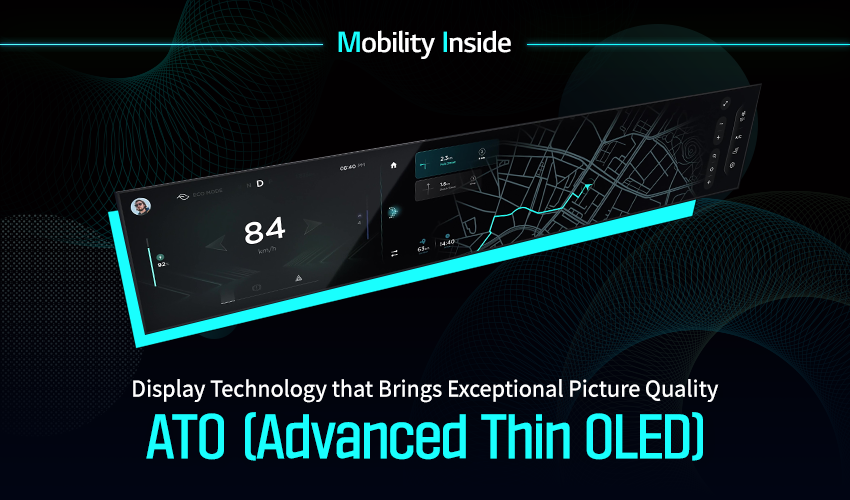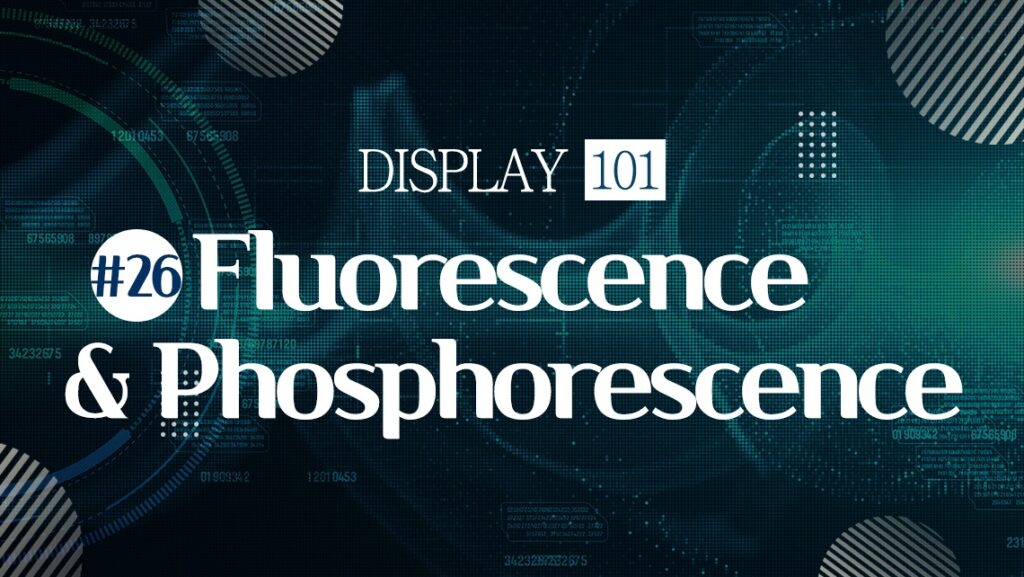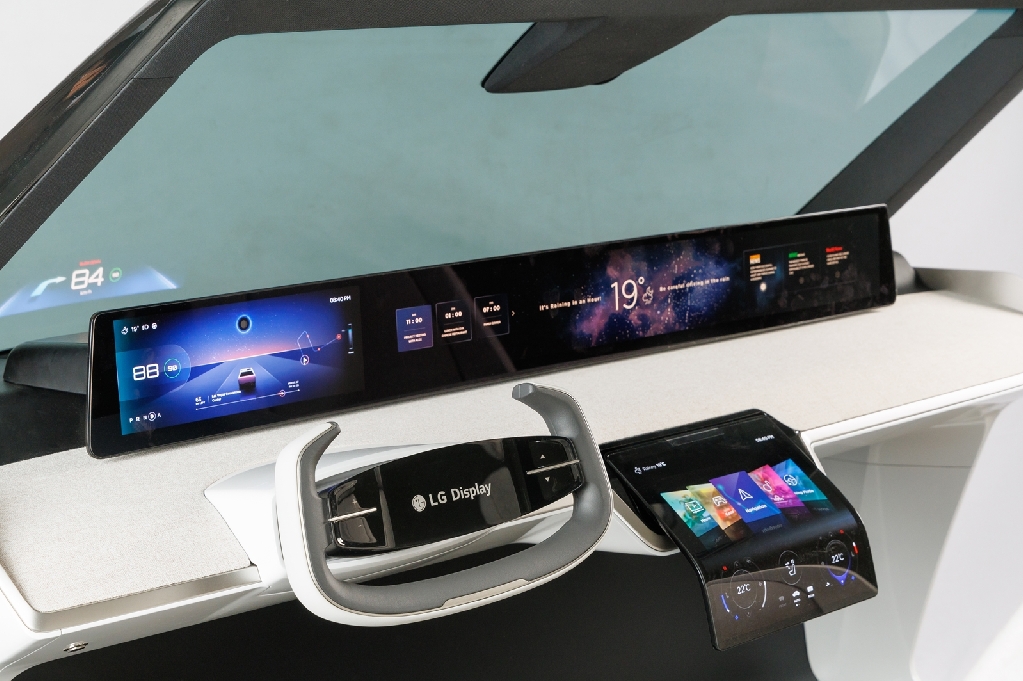| In the previous episode of [Mobility Inside], we explored the world of LG Display’s pioneering automotive display, ‘P-OLED,’ which is leading the premium automotive display market. In this episode, Yu-Sok Lim of LG Display’s Auto Panel Design Team takes us on an exciting journey to discover ATO (Advanced Thin OLED), the game-changing OLED display delivers exceptional performance at a more competitive price. |
OLED taking over the automotive display market
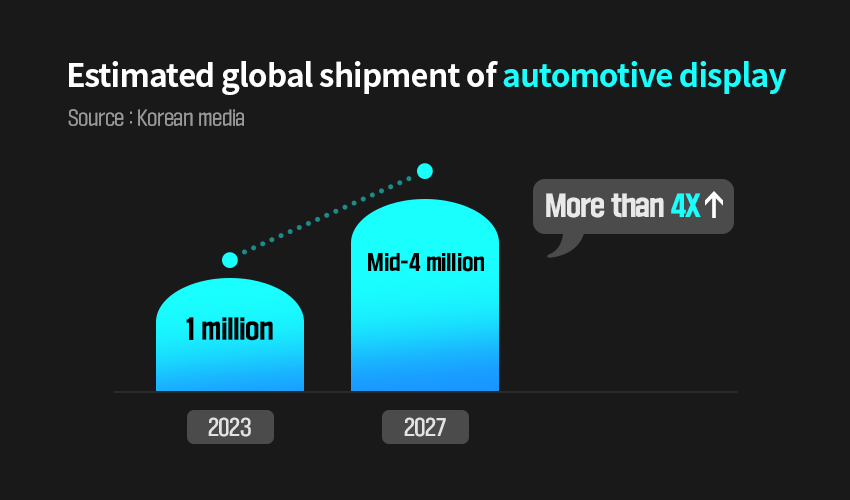
Recent projections by Korean media the global shipment of displays for vehicles is projected to reach 259 million units this year, a 5.4% increase compared to the previous year. Within this estimate, OLED displays for vehicles are expected to account for approximately 1 million units this year. It also predicts that the number of OLED displays for vehicles will continue to grow, reaching around the mid-4 million units by 2027.
In line with this trend, LG Display has emerged as the global leader with 65.9% of the automotive OLED segment, according to another Korean media. This success can be attributed not only to the inherent advantages of OLED technology but also to its proactive approach to introducing more about automotive OLED display options. LG Display proudly introduces its latest innovation, ‘ATO (Advanced Thin OLED),’ which delivers the core strengths of OLED at a more competitive price point.
How OLED became the ideal large-sized, high-definition automotive display
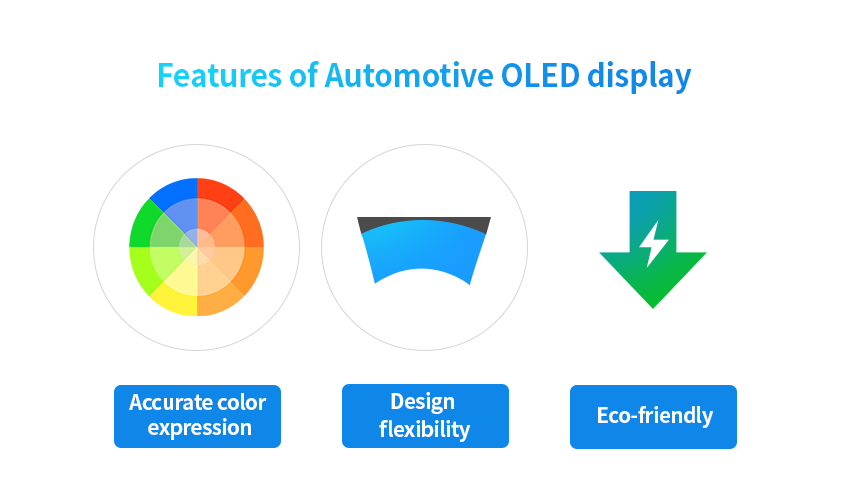
But before we talk about ATO technology, let’s explore why OLED is globally recognized as the ultimate premium display for vehicles. First, Automotive OLED is unmatched in terms of ‘color accuracy,’ ‘design flexibility,’ and ‘environmental friendliness.’ Second, its self-emissive nature enables unmatched visual experiences the perfect blacks and precise colors other display technologies cannot even come close to replicating. Third, because OLED displays have no backlight, they can flex and curve to flow with car interior’s unique contours.
The fact that LG Display’s P-OLED incorporates Tandem OLED technology means it consumes up to 60% less power than LCD displays. This, combined with its lightweight design, perfectly aligns with the needs of electric vehicles while adhering to the European Union’s ‘Restriction of Hazardous Substances Directive’ as well as the emissions criteria of ‘Total Volatile Organic Compounds,’ known to contribute to Sick Building Syndrome. LG Display’s P-OLED even attained ‘Eco Product’ certification from SGS, a Swiss certification organization.

Unlike conventional single-layer OLEDs, P-OLED adopts a structure with two embedded organic emissive layers to bring brighter, more durable and longer-lasting displays to modern vehicles. Leveraging LG Display’s unparalleled OLED expertise, P-OLED has proudly led the 10-inch and larger premium automotive display market four years running, becoming the go-to display for numerous premium automakers as it meets their high standards with ease.
ATO opens new doors for automotive displays

So, what sets P-OLED and ATO apart? Building upon the success of P-OLED while reinforcing its premium status in the automotive display market, LG Display is making sure its exclusive OLED technology is not exclusive to luxury vehicles by introducing a display at a more competitive price point. ATO, which can be used in both mid-range and affordable cars, not only inherits cutting-edge Tandem OLED, it also replaces the polyimide substrate with a glass substrate to bring production costs down significantly.
Contributing to ATO’s competitive pricing is its streamlined manufacturing process, with glass substrate simpler to produce than P-OLED’s polyimide substrate. This move leads to enhanced yield rates and reduced manufacturing costs. Moreover, ATO utilizes a 20% thinner glass substrate compared to other OLED products, making it sleek, lightweight, and optimized for slim and stylish designs.

Above all else, automotive displays must meet the highest standards of reliability and deliver vibrant, crystal-clear visuals in extreme temperatures, humidity, driving conditions, and direct sunlight. That’s why LG Display presents the most robust lineup of automotive display solutions ever assembled, encompassing P-OLED, ATO, and LTPS LCD which excel in large-scale implementation and high-resolution rendering. With this comprehensive range, the company offers a solution that exceeds expectations for every kind of consumer.
Innovation in the automotive display space has become unstoppable! With LG Display’s ATO poised to become a major player in the automotive OLED revolution, the company will continue to unveil cutting-edge advancements that take driving experiences to the future!



